Election 2025: Did Kerry Packer really get the ‘same care’ in hospital as everybody else?
Anthony Albanese kickstarted the election campaign lauding our public hospitals for treating billionaires like Kerry Packer the same as everyone else, including himself. We run the ruler over his claim.
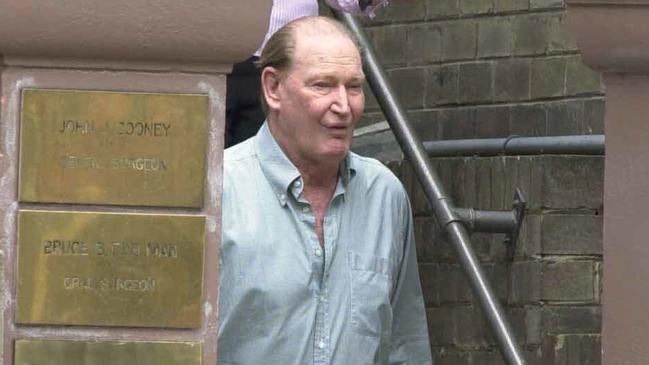
Did Kerry Packer really receive “the same level of care” in the public health system as everybody else?
Anthony Albanese used the billionaire’s hospital treatment as an example of the “Australian values” he will be fighting for in the federal election campaign.
Kicking off the five-week campaign on Friday, Mr Albanese put the public health system front and centre of Labor’s pitch for another term.
Holding aloft a Medicare card, he said “this card is part of Australian values, the Australian values that say when Kerry Packer has a heart attack he goes to the emergency department at Royal Prince Alfred Hospital, the same hospital that I went to when I had my car accident when I was leader of the Labor Party in January 2021, got the same level of care.
“But more importantly than that, I was in the same room that my mum was in, when as an invalid pensioner, she got taken up the road, after having an aneurysm and she never left RPA.
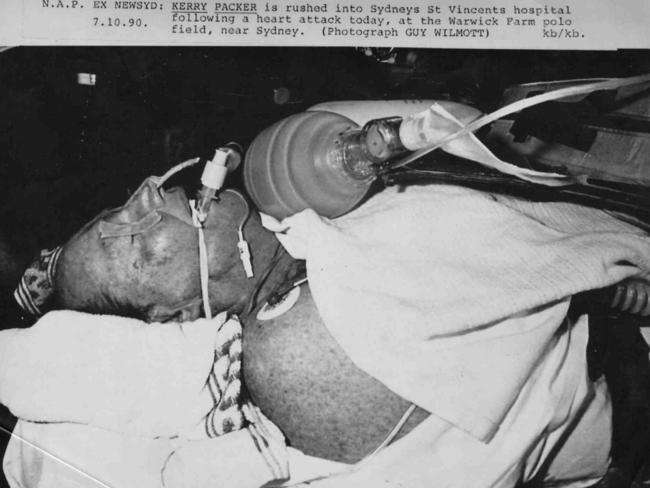
“But she got the same care that Kerry Packer got. They’re the Australian values. That’s what I’ll fight for,” Mr Albanese said.
Mr Packer was hospitalised numerous times in emergency situations for heart issues, firstly at St Vincent’s Hospital and later at Royal Prince Alfred. But did he receive the same treatment as others? The answer is not so straightforward.
While Mr Packer’s treatment was in the public hospital system, he was also able to secure rooms designed for four or six patients to himself, have teams of top specialists pulled together at short notice to provide his care, and could call on the physicians of his choice.
The first, and most famous, incident was on October 7, 1990 when he collapsed after suffering what was described as a “massive” heart attack while playing polo at the Warwick Farm racecourse in southwest Sydney. Reports in the Sydney Morning Herald suggested Mr Packer’s heart stopped for between seven and eight minutes.
He was treated by ambulance officers at the scene, including cardiac massage and CPR. A second group of paramedics arrived within minutes with a defibrillator, which was used several times.
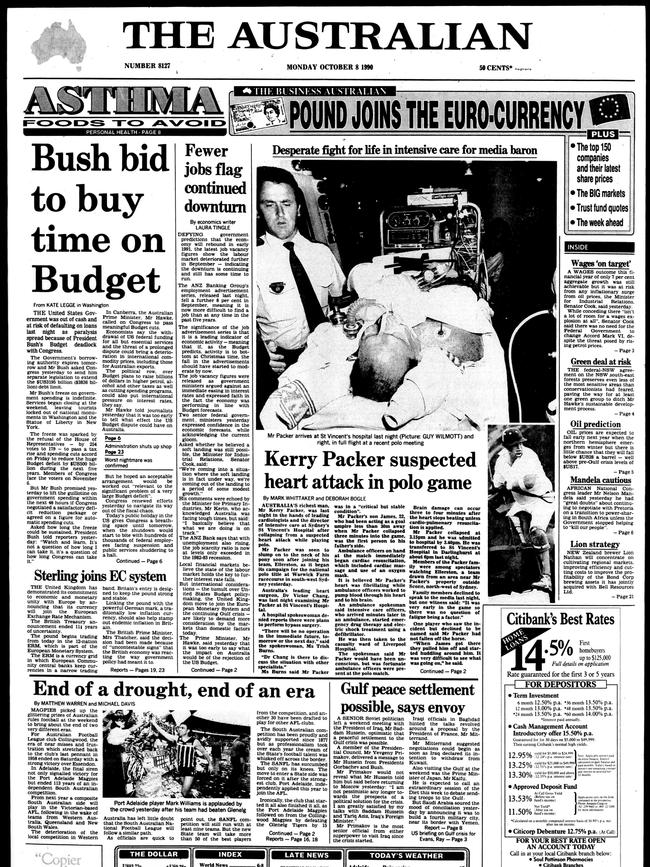
He was rushed to the casualty ward of the Liverpool Hospital, a public hospital, where he was stabilised. While this was occurring, Mr Packer’s private helicopter was dispatched to collect his personal doctor, Bob Wright, director of intensive care at St Vincent’s.
Paul Barry’s biography, The Rise and Rise of Kerry Packer Uncut, takes up the story.
“Still unconscious, he is rushed across the city,” Barry writes. “By six o’clock he is in intensive care at St Vincent’s hospital in central Sydney. “In a facility that normally takes six, he is the only patient. (Dr Wright) already has a team of cardiologists on the case.
“Packer is a huge donor to the hospital and there are several hundred thousand extra reasons for keeping him alive.” One of the attending cardiologists was the late Victor Chang, who in the days after told the media Mr Packer wouldn’t have survived the episode without the immediate medical attention he received.
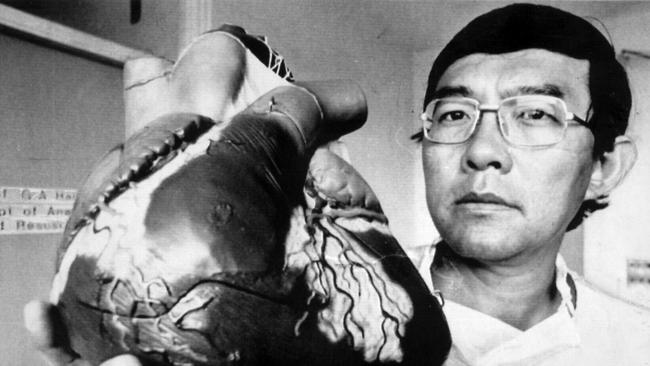
Dr Chang, who was murdered in 1991 during a failed extortion attempt, also flagged the likelihood Mr Packer would need bypass surgery, which he underwent in St Vincent’s Private about a fortnight later, reports at the time said.
In the aftermath of these incidents, Mr Packer went on to donate $3m to the Victor Chang Cardiac Research Institute and also fund half the $5m cost of putting defibrillators in all ambulances in NSW, which came to be known as “Packer Whackers”.
Mr Packer was again hospitalised at St Vincent’s for a suspected heart attack in September 1995 after suffering chest pains during a dinner at Bondi’s Hakoah Club.
This time he was in and out of hospital quickly, returning to work the morning after, and blaming a bout of indigestion.
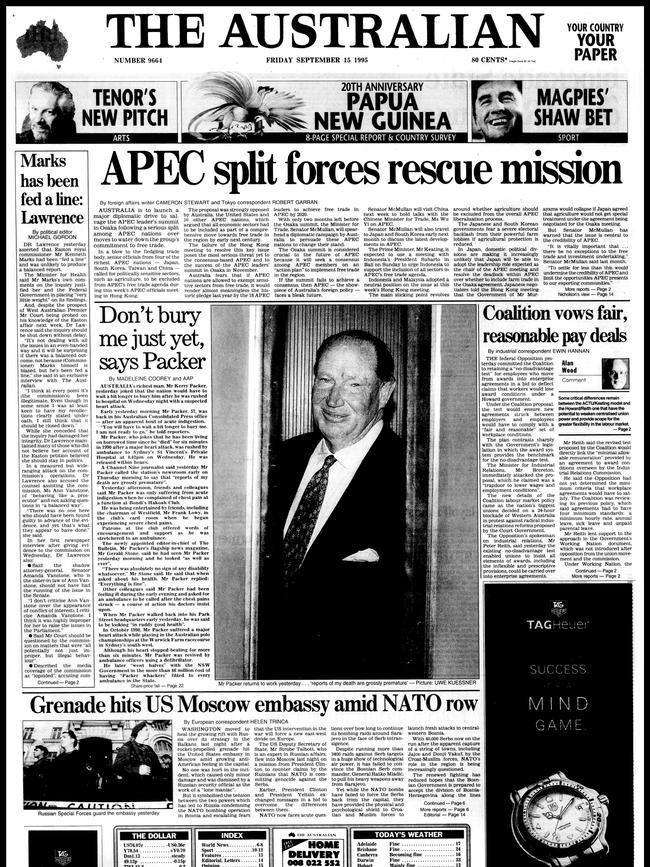
“You will have to wait a bit longer to bury me. I’m not ready to go,” he told reporters at the time.
Mr Packer did have a significant connection with Royal Prince Alfred, a public hospital.
In April 2003 it was reported that Mr Packer had been admitted to St Vincent’s for observation after suffering acute chest pain, before returning to work and then being hospitalised at RPA a week later where he underwent emergency keyhole surgery to clear blocked arteries.
Prior to that he reportedly had other heart procedures at the RPA in the late 1990s, as well as undergoing a kidney transplant in 2000, the kidney donated by his helicopter pilot Nick Ross.
Following his death in 2005 The Sydney Morning Herald’s Valerie Lawson wrote that while Mr Packer was generous to the RPA, donating $10m, he received special treatment while being treated for his health issues.
“In the past few years Mr Packer saw a great deal of the RPA, from his bed in ward E7, normally a room for four patients but reserved for his sole use when he was admitted,” Ms Lawson wrote after his death in 2005.
“At the hospital he was cared for by Dr John Horvath, his personal physician and the husband of the hospital’s administrator, Professor Diana Horvath, and his cardiologist, Dr Ian Bailey.”





To join the conversation, please log in. Don't have an account? Register
Join the conversation, you are commenting as Logout